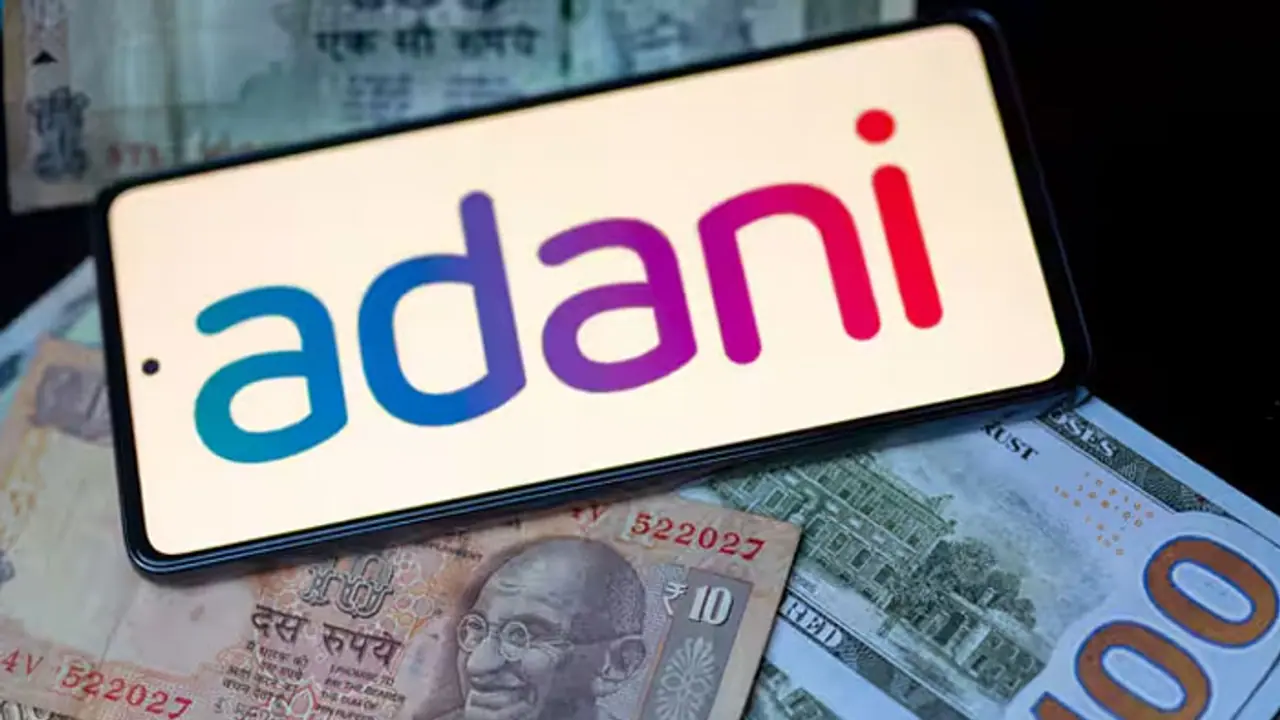Adani Group announced a $100 billion, six-year greenfield investment plan, primarily focused on energy. 83-85% of the capital will be allocated to energy, aiming to increase renewable energy capacity sevenfold and double conventional capacity.
In what is being described as the largest-ever capital expenditure plan by a private enterprise in India, the Gautam Adani-led Adani Group has announced an ambitious $100 billion greenfield capex programme over the next six years, focusing heavily on the energy sector.

Speaking exclusively, Jugshinder “Robbie” Singh, Group Chief Financial Officer, said, "We are not talking about acquisitions here. This is all greenfield, on-ground capex. We plan to scale up significantly, aiming to invest Rs 1.5-1.6 lakh crore annually, up from Rs 1.1-1.2 lakh crore last year."
Energy takes centre stage:
Of the total capital allocation, 83-85% will be channelled into the energy business, Singh revealed. This includes both renewable and conventional energy, with the renewables segment and storage receiving the lion's share, aimed at increasing the group's capacity sevenfold. Meanwhile, conventional energy capacity is also set to double.
According to Adani Green Energy's investor presentation, the company had 14.2 GW of operational capacity as of March 2025. Adani Power, the group's conventional energy unit, reported a capacity of 16.54 GW.
The remaining funds will be distributed across two other core sectors: around 10% for construction materials and 6–7% for the mining and metals vertical.
Funding the ambition:
The group plans to fund nearly Rs 80,000 crore of the annual capex through internal cash flows, with an additional Rs 15,000 crore coming from settlement payments and Rs 12,000–14,000 crore from EPC (engineering, procurement, and construction) profits.
That leaves Rs 40,000–50,000 crore to be raised externally. "Each year, we repay Rs 24,000 crore in debt. So net debt will rise by around Rs 25,000 crore—much lower than our growth rate," Singh clarified.
In terms of funding sources, 40% of the debt will come from domestic banks, another 40% from global banks and financial institutions, and the remaining 20% from domestic capital markets.
Singh also shared that the group's net debt-to-Ebitda ratio will peak around 2028 between 2.5x to 3x, before eventually dropping below 2.5x as newer projects begin generating revenue post-peak capex.
Long-term vision:
The group expects to generate $16 billion in return on capital from the entire capex cycle. Singh said the investments will support three key goals: building organisational capacity, enhancing technological capabilities, and strengthening the vendor ecosystem.


